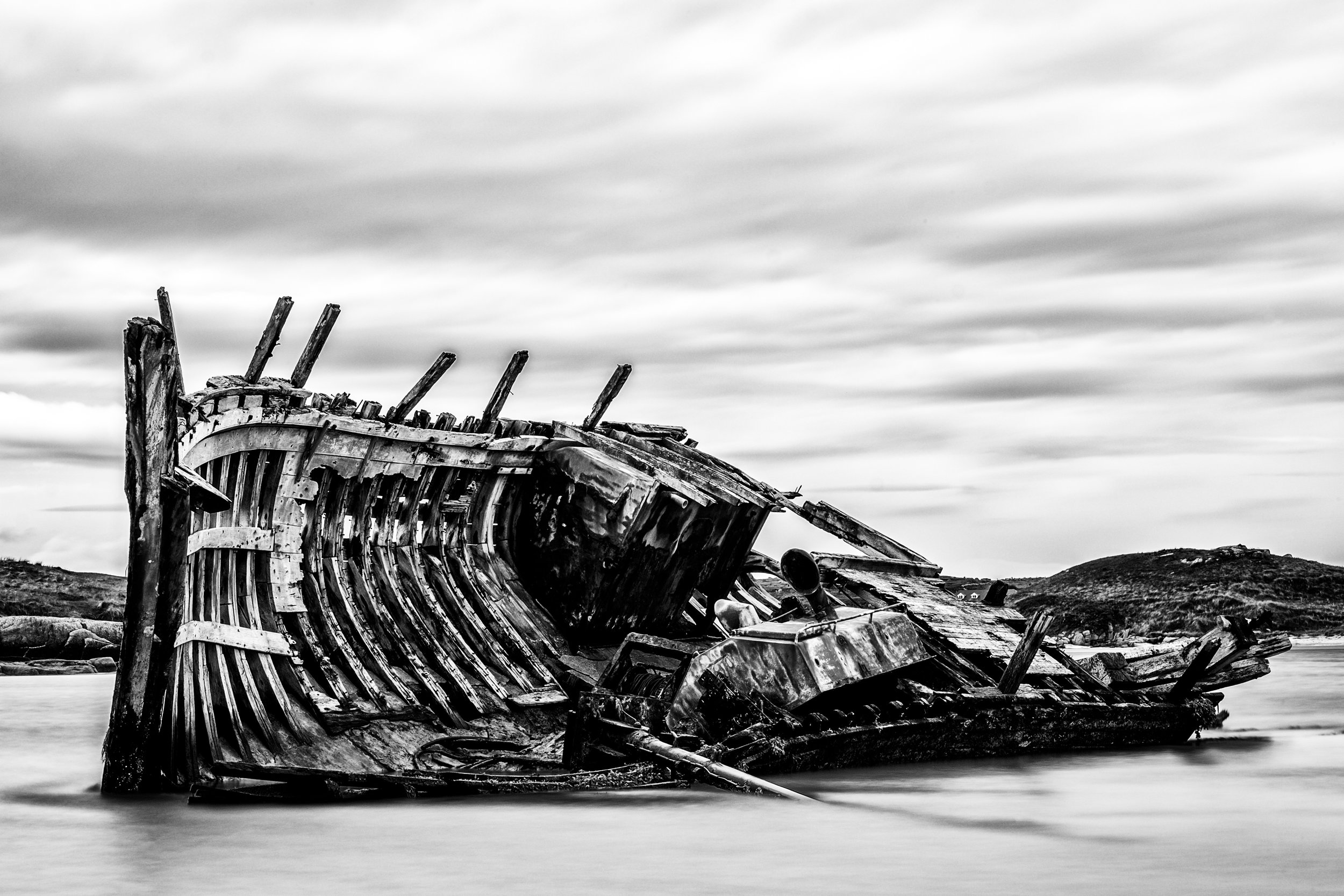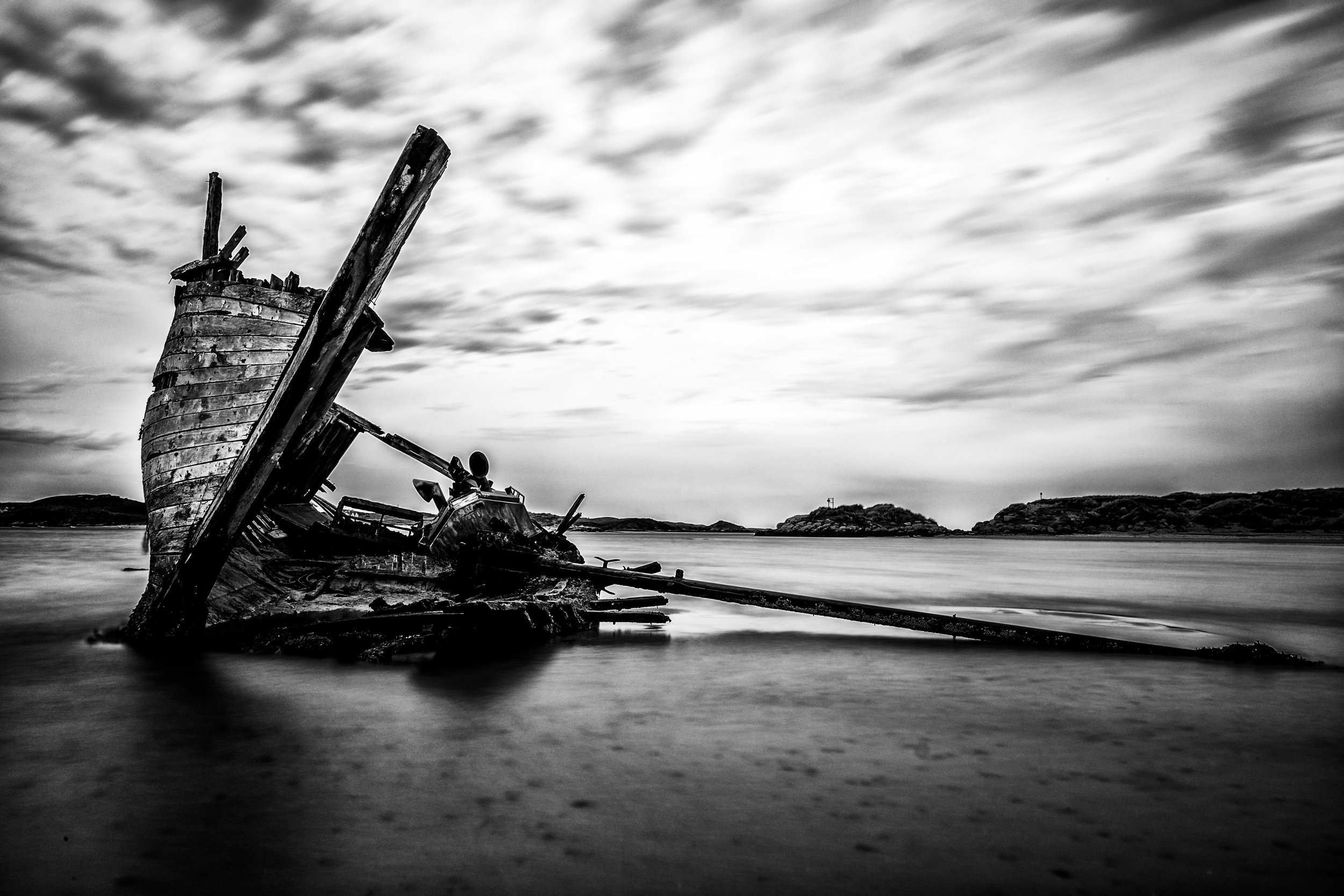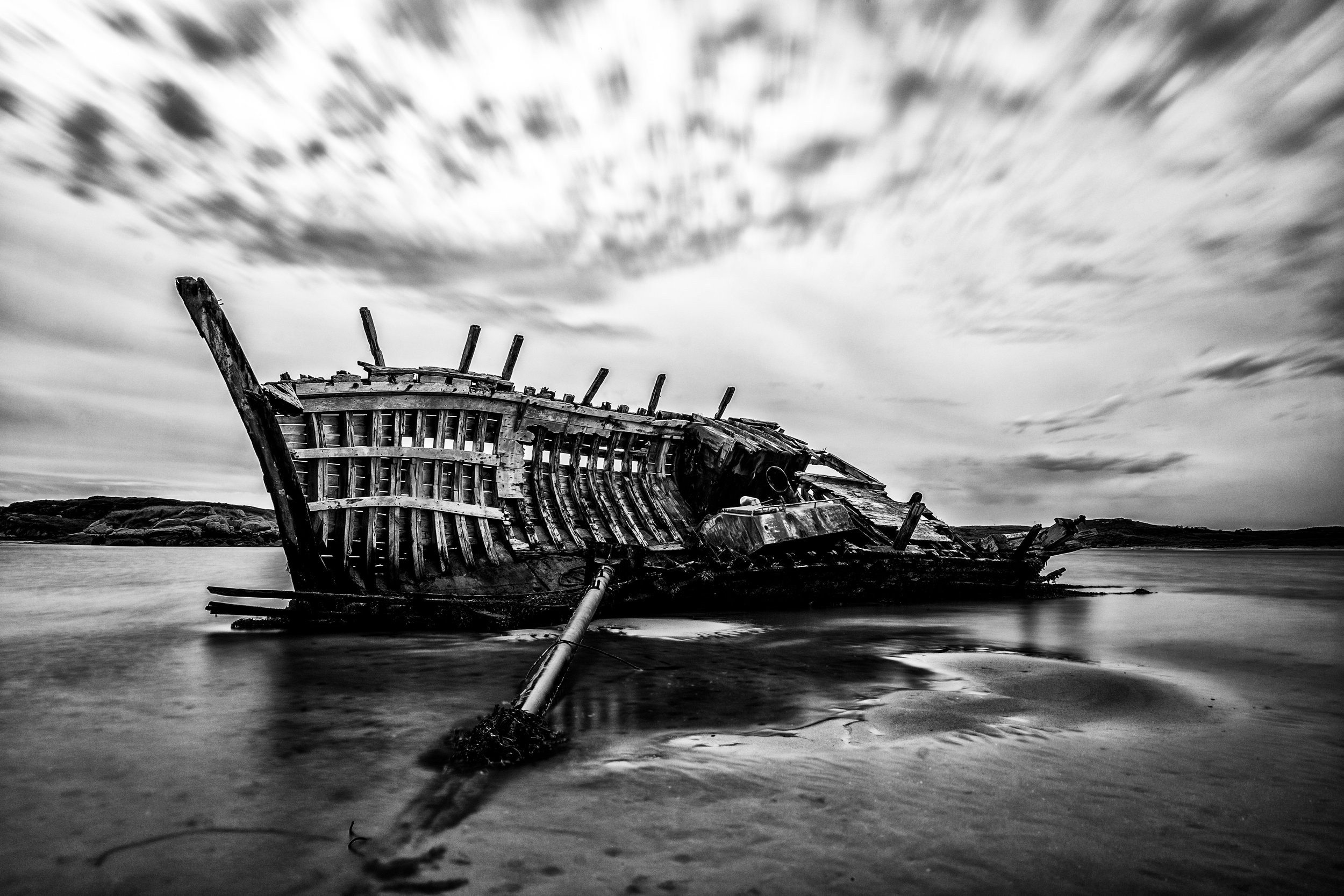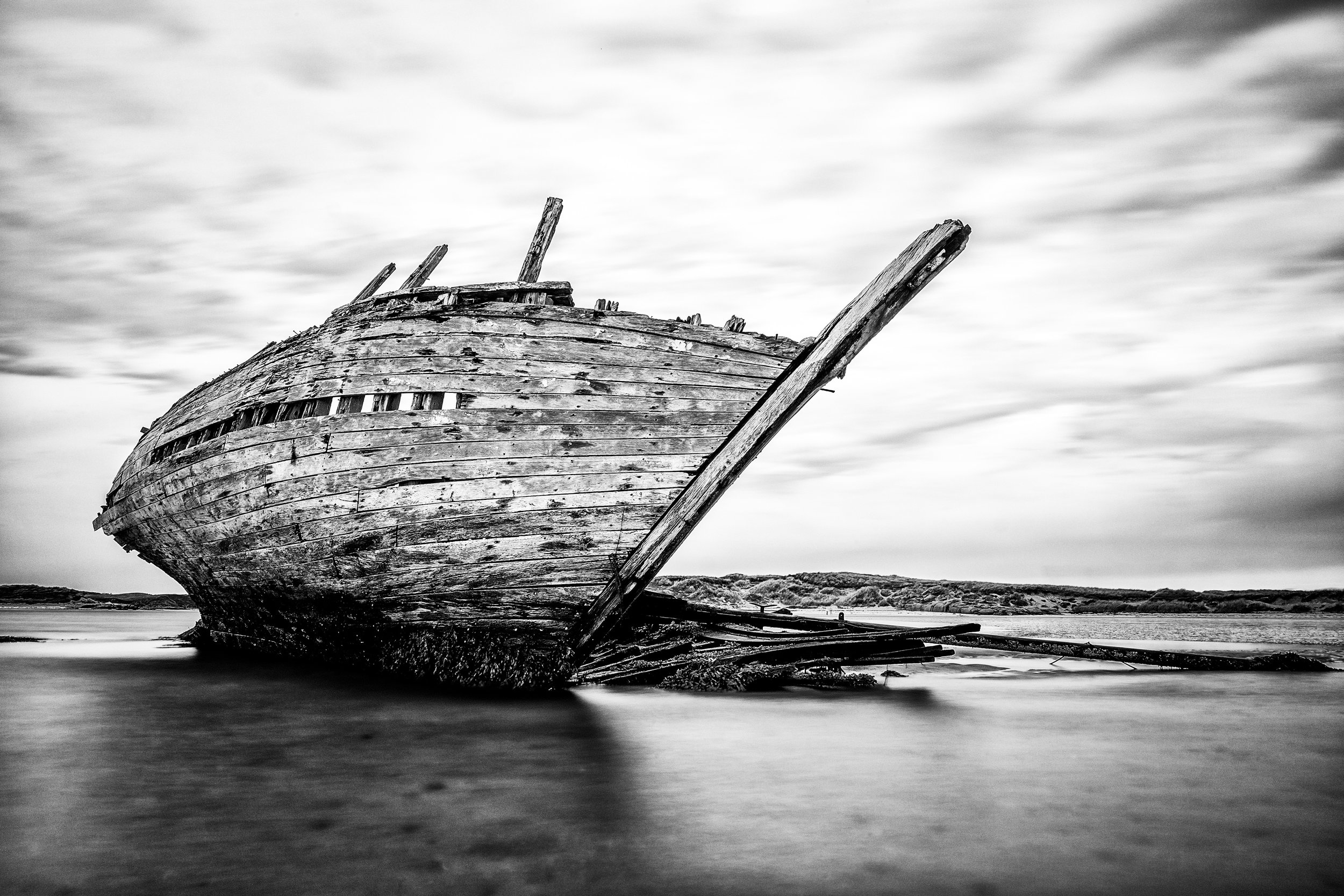So I'm a bit late to the party here, but Crashplan has recently announced that they're going to stop offering home accounts. They've been my cloud backup solution of choice for several years now so this has put me in a bit of a bind with having a few months to sort out a new option.
There have been several recent closures of online storage options that offer unlimited storage, while other companies have stayed around but dropped their unlimited tier. There are a few players left that offer unlimited storage, but the direction within the industry doesn't leave me hopeful that they'll be able to stick around either.
So, what have I done? So far I'm not 100% sure I like my replacement but I'm trying out Backblaze's B2 cloud service. This is not the same as their main unlimited personal backup service. There are some pros and cons that come with that. First, you do pay for the storage you use, but it's quite cheap. When I ran the numbers, I think for the amount of storage I use over 3 computers it will end up slightly cheaper annually than if I paid for their personal backup service instead. Given the concern I've mentioned about unlimited plans, this isn't necessarily a con anymore.
Now the downsides are this really isn't setup as a personal backup option in the same way that Crashplan was. It's much more of a generic cloud storage option for whatever you'll put on it (similar to Amazon's S3). You just get a web interface and some API keys, you need some kind of software on your computer that will backup your files to this storage solution. I'm trying out Arq as an option at the moment, so far on 30-day free trial.
As for the cons, there's definitely a few:
- You're definitely kind of rolling your own solution here, The B2 service is just storage with nothing else offered, you have to solve those problems yourself.
- While Arq simplifies the backup side, I still found it a bit clunky at first to setup. I forgot to write down my application key and when I generated it again there was no way to update the key in my settings, I had to delete the backup location and add it back. Fortunately, I was able to "adopt" my older files at least.
- The progress bar is a bit poor. It shows you what's been "scanned" and it shows how much has been uploaded in the current session, and what's remaining in the current session so far, but it's not really a nice indication of the progress of the overall backup. There's zero information on how much is remaining as the scanning seems really slow. I suppose the benefit is it starts backing up much more quickly, but Crashplan would fairly quickly sort out what had to be backed up and it was reassuring to see what percentage was completed, I don't see this in Arq.
- Arq encrypts everything, in a way this is fantastic, as it's a nice extra layer of security. The downside is it makes the online cloud file access useless. There's really no way to access your files on the cloud, you have to download Arq to restore your files on another computer.
Now I'm not 100% sure that I'm going to stay with B2, I'll certainly keep this updated on my blog with the overall progress. I looked at Backblaze's personal backup service and besides concerns with the unlimited storage claims, I really didn't like the restore options. It doesn't seem like restore is very well supported through their offering, you simply have the options to download a zip file, or to have a drive mailed to you, that's it. There's no rich restore functionality where you can select multiple files and where to put them on your computer, you'll really just have to download the zip file and move them afterwards.
I'm looking into Carbonite as an option as well, but so far I'm not entirely convinced. One of the things I'm really concerned with is the ability to "adopt" a computer. It suggests it's possible on Carbonite, but it also seems to suggest you have to restore all of the files from Carbonite, and may have to upload them again, I'm really not clear on this and their help documentation doesn't shed much light on things. They also will only keep the files from your old computer for 30 days, so that's a major concern as well. Plus their pricing model is much more complex and I'm still trying to make sense out of which options I need so that I can decide on the best package.




